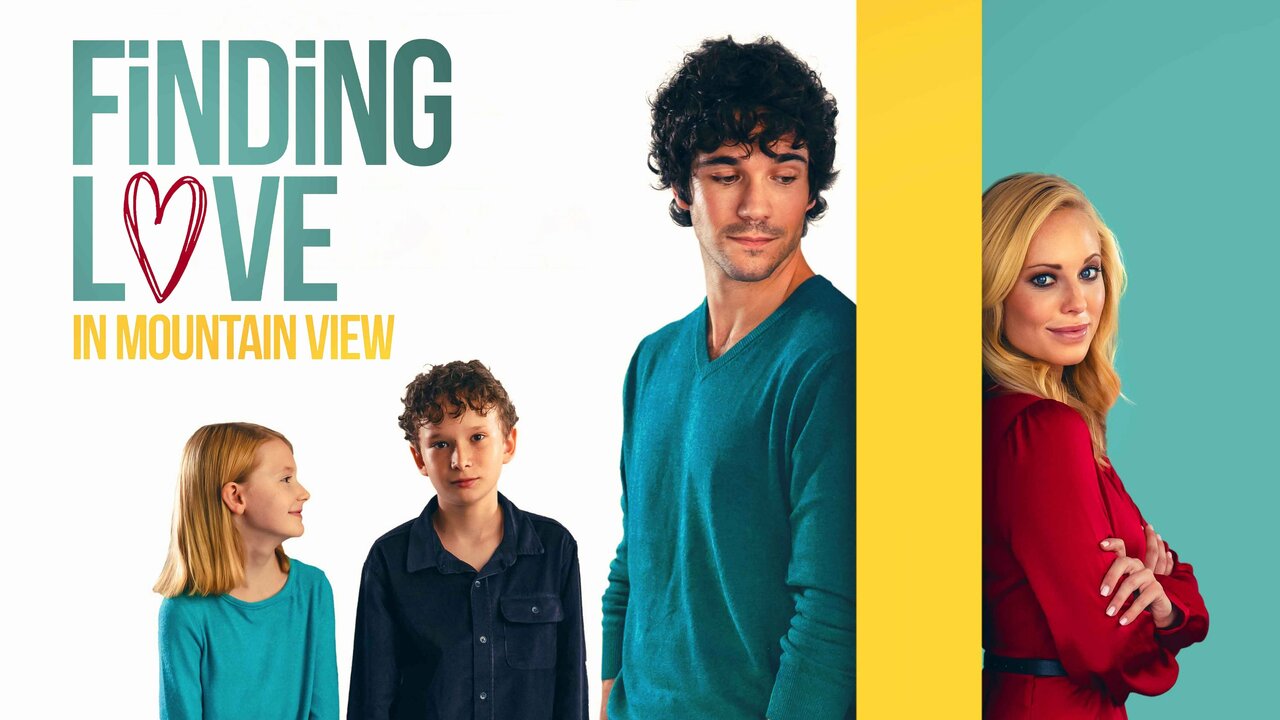FFA BLOG

10 Email Marketing Tips to Promote Your Film
When I think about email marketing for film promotion, the first question I ask is: why are you building the list in the first place? The real power of email comes when there's a strategic intention behind it, when you've actually put in the effort to build a community around your film. Whether it's a micro-budget indie or a larger studio project, you need a base of people who already care about your work before any email campaign makes sense. Otherwise, who are you sending it to?
Email marketing remains a powerful and often underutilized tool for filmmakers aiming to create buzz, build a loyal audience, and drive ticket sales or streaming views. Whether you're an indie creator or releasing a studio-backed feature, these ten tips will help you maximize your film's reach through email.
1. Build and Segment Your Email List
Start by collecting email addresses at every opportunity: film screenings, festivals, workshops, and on your website. Always ensure you have consent to contact your subscribers. Once you have a list, segment it by interests, location, or engagement level so you can send relevant content to each group, like horror fans versus comedy lovers.
If you're starting from scratch, treat your personal brand like a top-of-funnel awareness machine. Use social media to build visibility, but don't stop there. Social media is one-way and owned by platforms. Email is your two-way relationship channel.
2. Offer Exclusive Value to Subscribers
Give people a reason to join your list by offering exclusive content, behind-the-scenes footage, early access to trailers, or downloadable posters. This not only incentivizes sign-ups but also builds loyalty.
Set up a middle-of-funnel system with automated emails and create a space for fans to subscribe. Offer regular, valuable updates, not just film news, but personal insights and behind-the-scenes content that makes subscribers feel like insiders.
3. Craft Compelling Subject Lines
Your subject line is the first thing recipients see. Make it intriguing and relevant to boost open rates. For example, "See the First Trailer Before Anyone Else!" or "Exclusive Q&A with Our Lead Actor."
4. Personalize Your Emails
Use your segmentation data to personalize emails. Address subscribers by name and tailor content to their preferences, such as sending genre-specific updates or local screening info.

5. Share Inspiring Content, Not Just Promotions
Don't just sell, entertain and inform. Share interviews, production stories, fun facts, or inspirational quotes from your film to keep your audience engaged and invested.
6. Use Dynamic Content and Automation
Set up automated sequences for new subscribers (welcome emails), post-purchase follow-ups, or re-engagement campaigns. Dynamic content ensures each subscriber receives relevant updates, such as new screening dates in their city or similar films they might enjoy.
7. Time Your Campaigns Strategically
Align your email campaigns with key milestones: trailer drops, premiere dates, festival screenings, or special announcements. Reminder emails shortly before events can boost attendance and engagement.
I've seen this timing strategy work most effectively with crowdfunding campaigns. The filmmakers who succeeded didn't just start promoting when their 30-day Kickstarter launched, they began much earlier by warming up an audience. They used email to build momentum ahead of time, so that when the campaign went live, they hit the 50% funding mark rapidly. That early traction is often the difference between a campaign that takes off and one that fizzles out.
8. Encourage Interaction
Invite your audience to participate, run contests, surveys, or Q&As. Calls-to-action that encourage replies or social sharing can help create a vibrant community and generate word-of-mouth buzz.
9. Optimize for Mobile
Most emails are opened on mobile devices. Ensure your emails look great on small screens, with concise subject lines, clear calls-to-action, and mobile-friendly layouts.
10. Track, Analyze, and Optimize
Monitor open rates, click-throughs, and conversions. Use this data to refine your approach, test different subject lines, content types, and send times to see what resonates best with your audience.
The Long Game: Building Creative Independence
Grow that email list to 20,000 people who genuinely like your work, and you'll have a powerful tool, not just to sell tickets or raise money, but to build long-term creative independence. This isn't about quick wins; it's about creating a sustainable foundation for your filmmaking career.
Example: "Finding Love in Mountain View"

The Hallmark film "Finding Love in Mountain View" used a multi-tactic campaign, including email marketing, to collect over 2,500 email leads. These leads received targeted updates and exclusive content, which helped boost views on release day and provided a ready-made audience for future films. The campaign also leveraged giveaways and influencer partnerships to increase engagement and grow the subscriber base.
Common Questions & Answers
Q: How do I start building an email list for my film?
A: Collect emails at screenings, festivals, and through your website. Offer exclusive content or giveaways to encourage sign-ups, and always get consent.
Q: What kind of content should I send to my subscribers?
A: Mix updates about your film (release dates, trailers) with behind-the-scenes content, interviews, and interactive elements like contests or surveys.
Q: How often should I email my list?
A: Send regular updates, but don't overwhelm your audience. Focus on key milestones and supplement with occasional value-driven content.
Q: How can I make sure my emails don't end up in spam?
A: Use reputable email marketing platforms, avoid spammy language, personalize your emails, and only contact people who have opted in.
Q: How do I measure the success of my email campaigns?
A: Track open rates, click-through rates, and conversions. Use A/B testing to optimize subject lines and content for better results.
When done right, email marketing can be a filmmaker's secret weapon. It can build anticipation, foster community, and drive real results for your film project.
Studio 202 | Mainyard Studios | 280 Mare St | London | E8 1HE | UK
+44 7360 268742
hello@futurefilmacademy.com
www.futurefilmacademy.com

